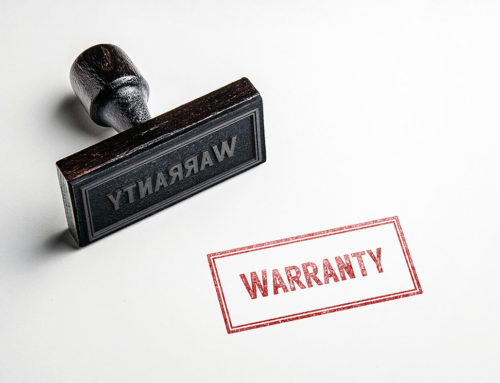ALLTEC was contracted to perform a lighting protection study of several AN/FPS-117 and AN/FPS-124 radar sites part of the American Canadian North Warning System. Because these radar systems are predominately located in northern latitudes, they have unique environmental conditions to consider. This includes high and varying soil resistivity, low isokeraunic level, permafrost, and facility isolation. Soil resistivity in permafrost typically ranges 3500-4000 Ohms*m. Significant soil resistivity variations also occur between freeze and thaw seasons due to the varying thickness of the suprapermafrost.
Although not located in a high isokeraunic region, research indicates lightning caused fires have risen 2-5% a year since 1974 in boreal forests of northern Canada and Alaska. Sander Veraverbeke, the study’s lead author, found that higher temperatures due to climate change have spurred more thunderstorms thus more lightning. And, according to research published in the journal Science in 2014, for every degree Celsius of warming, lightning strikes are estimated to increase 12 percent.
As a part of the risk analysis, the site’s limited access and remote location as well as the consequences of a low-probability-high impact event should be taken into consideration. A direct lightning strike or the induced energy from an indirect strike may result in critical systems being offline for an extended period.
After visiting six radar sites at three facilities, ALLTEC reported onsite field observations, testing, and design recommendations.
The purpose of these activities was to:
- Determine if proper lightning protection was provided for existing radomes
- Determine proper lightning protection for new radomes
- Ensure previous grounding recommendations for specific radars, if properly implemented, will provide a proper path to ground for any lightning strike
- Determine grounding recommendations for radars at other global locations
Many sites are in areas with considerably high soil resistivity due to rocky or tundra type soil with permafrost conditions. Many existing grounding systems were found ineffective. In addition, ALLTEC found some existing lightning protection to be inadequate. In these cases, it did not meet the minimum requirements called for by current industry standards, nor did it comply with requirements referenced in the project’s statement of work.
Even though many of the sites were in very problematic environments, ALLTEC was able to develop effective recommendations for grounding, surge suppression and lightning protection. ALLTEC offers a strategic approach at tackling customer’s needs, the ALLTEC Protection Pyramid™. This approach looks at all aspects of a facility and works in a holistic fashion to make sure all areas are protected with an effectively interlocking defense. If you have an existing or planned facility, be sure to give ALLTEC a call or email. We can make sure your operation is the safest possible facility, backed by our team of dedicated risk-mitigation experts. If you have a current facility or future project that needs grounding/bonding solutions, surge suppression or lightning protection please contact ALLTEC.








